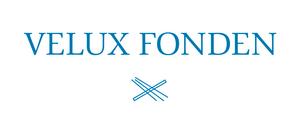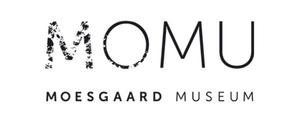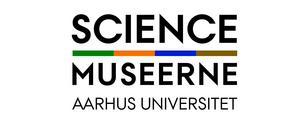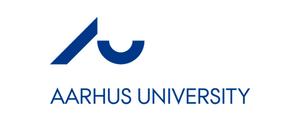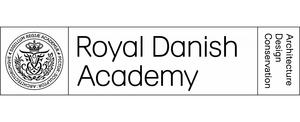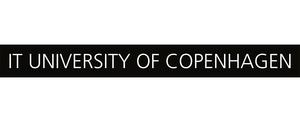Physical models are used to produce and mediate knowledge in an immediately accessible way at and outside museums. Despite widespread use of physical models, however, we know very little about what they actually do: How do physical models function and take on meaning? And to whom do they carry meaning? The objective with ”The Power of Modelling” is to produce new knowledge about physical models and to use this knowledge to develop a new format for co-creative exhibition-making. Collection studies and new ethnographic and historical data about four forms of physical models – toys, ships, buildings and robots – serve as basis for developing the new exhibition format.
The project is organized as an interdisciplinary collaboration between three museums (The National Museum, Moesgaard Museum and the Steno Museum) and three research institutions (Aarhus University, Royal Danish Academy and IT University of Copenhagen).
Project team:
Morten Nielsen, Nationalmuseet (NM), Nanna Holdgaard, Nationalmuseet (NM), Peter Andreas Toft, Nationalmuseet (NM), Kristian Hoeck, Nationalmuseet (NM), Anders Emil Rasmussen, Moesgaard Museum (MoMu), Ella Paldam, Interacting Minds Center, Aarhus Universitet (IMC/AU) Kirsten Marie Raahauge, Det Kongelige Akademi (KA), Linda Greve, Steno Museet, Aarhus Universitet (SM) Kasper Støy, IT-Universitetet i København (ITU).
The Power of Modelling International Conference 2026
This international conference marks the culmination of The Power of Modelling, a three-year research and exhibition project led by the National Museum of Denmark with Moesgaard Museum, the Royal Danish Academy, and Aarhus University. Bringing together anthropology, archaeology, architecture, audience studies and cognitive science. The conference is open to the public and registration deadline is the 1st of March 2026. Read more about the international conference and registrate here.
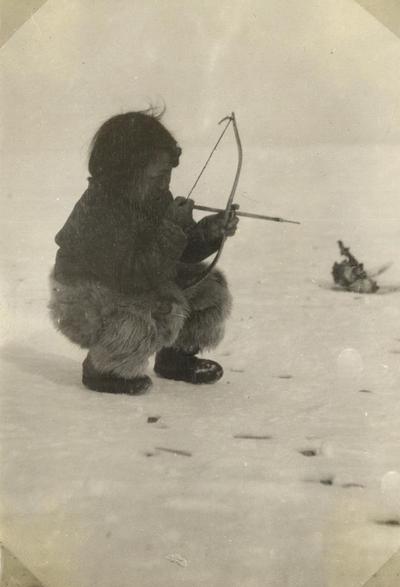
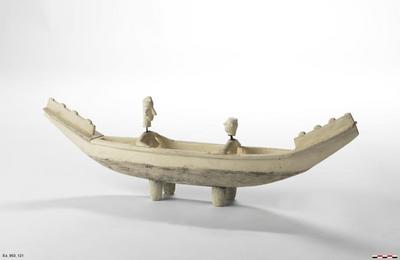
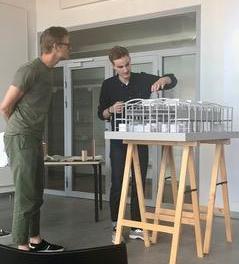
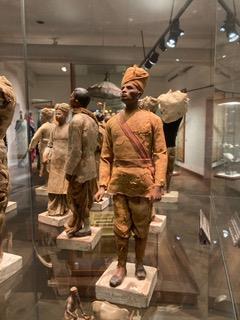

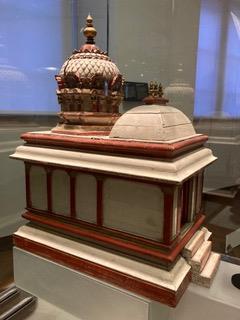
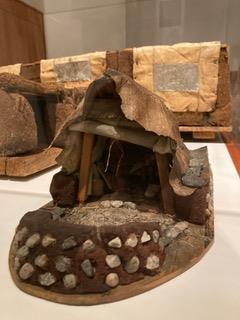
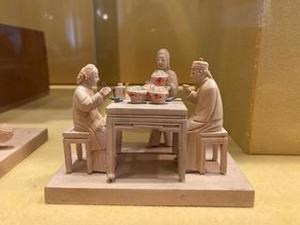

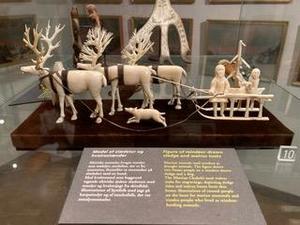
The Models Museum
The Model Museum is an engaging board game designed to serve as an introduction to the concept of models. Combining thought-provoking words, evocative images, and captivating storytelling, the game caters to both researchers and workshop participants. By sparking conversations about the museum's model collection, the game invites players to explore the unique qualities and intriguing possibilities these models represent.
The board game was developed and designed by Suzanne Tahte-Aslahe and Louanne Fournier, two French design students currently completing their Master's program in Design for Play at Design School Kolding.
Download the game rules here.

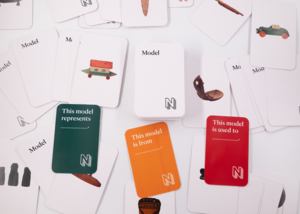
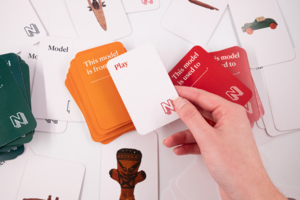
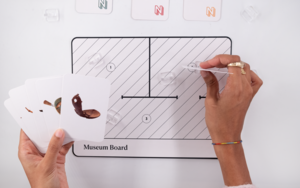
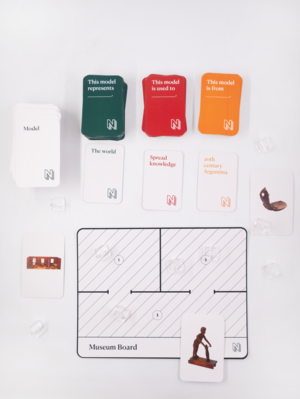
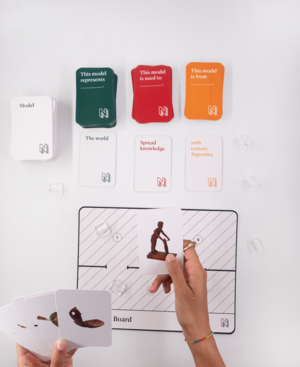
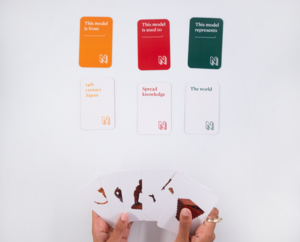

Thank you for your generous funding and collaborations
